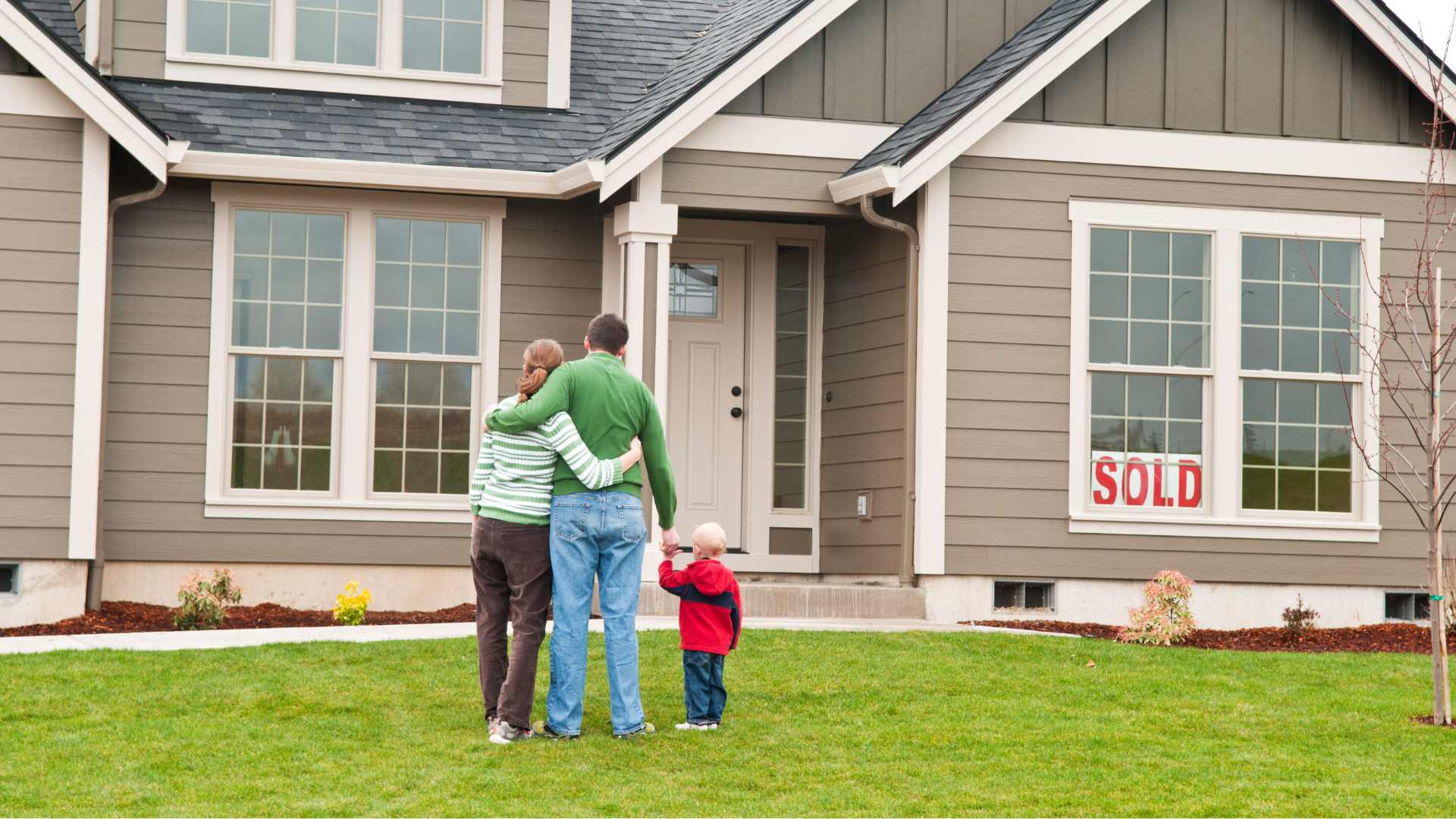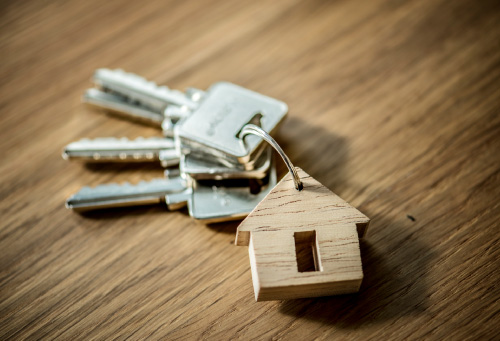
1. Pre-Approval:
Get pre-approved for a mortgage to determine your budget and strengthen your offer.

Help with documentation for a smooth process.
Negotiating on behalf of first-time homebuyer to cost-effective rates for first-time homebuyers.
Explaining eligibility, application, and program benefits.
Offering credit and debt advice for mortgage eligibility.

Get pre-approved for a mortgage to determine your budget and strengthen your offer.

Work with a real estate agent to find your dream home within your budget.

Submit an offer on the chosen property with confidence, backed by your pre-approval.

Once your offer is accepted, our mortgage specialist will guide you through the mortgage application process.

We'll ensure a smooth closing process, handling the necessary paperwork and coordinating with all parties involved.
From Renting to Owning: A Guide for First Time Home Buyers in Calgary
Purchasing your home is your lifetime’s biggest financial move. For a first-time home buyer in Calgary, the entire process is overwhelming. We recommend some of the factors to help you navigate this exciting process from starting your home hunting to signing the final deed.
Attainable Homes Calgary is a housing initiative in Calgary, Alberta, designed to assist first-time homebuyers by providing financial support for down payments through loans.
AHC offers loans covering 5% of the home's down payment. Eligible participants contribute $2,000 upfront, making homeownership more accessible.
To qualify for AHC, the annual household income must not exceed $131,424.
Yes, participants must purchase a property offered by AHC to take advantage of the program's benefits.
AHC is suitable for first-time homebuyers in Calgary who may encounter difficulties in saving a significant upfront amount for a down payment.
To qualify for the First-Time Home Buyer Incentive in Calgary, you must meet the following requirements: - Be a first-time home buyer (or have not owned a home in the last 4 years) - Have a minimum down payment of 5% (or 10% for a new construction home) - Have a maximum household income of $120,000 per year - Be a Canadian citizen, permanent resident, or non-permanent resident authorized to work in Canada
The First-Time Home Buyer Incentive is a government program that helps first-time home buyers in Canada by providing a shared equity mortgage with the Government of Canada. The program offers up to 5% or 10% of the purchase price of a new or existing home to help with the down payment and make homeownership more affordable.
To apply for the First-Time Home Buyer Incentive, you will need to work with a mortgage broker or lender who is registered with the program. They can help you determine if you qualify for the program and guide you through the application process.
Yes, the First-Time Home Buyer Incentive can be combined with other programs or incentives, such as the Home Buyer's Plan or the GST/HST New Housing Rebate. However, it's important to speak with a qualified professional to understand how these programs work and if they are right for you.
The amount you can receive from the First-Time Home Buyer Incentive will depend on the purchase price of the home and the size of your down payment. The program offers up to 5% or 10% of the purchase price to a maximum of $40,000, which can help reduce your monthly mortgage payments and make homeownership more affordable.
The credit score required for first-time home buyers can vary depending on the lender and loan program. Generally, a credit score of 620 or higher is considered a minimum requirement for conventional mortgages. Some loan programs, like FHA loans, may accept scores starting around 580. Remember, credit score is just one factor considered during the mortgage application process. Lenders also assess income, employment history, debt-to-income ratio, and overall financial stability. It's advisable to review your credit report, address any issues, and consult with a mortgage professional for personalized guidance based on your situation.
To determine 'affordability' you will first need to know your taxable income along with the amount of any debt outstanding and the monthly payments. Assuming it is your principal residence you are purchasing, calculate 39% of your income for use toward a mortgage payment, property taxes, and heating costs. If applicable, half of the estimated monthly condominium maintenance fees will also be included in this calculation. Second, calculate 44% of your taxable income and deduct all of your monthly debt payments, including car loans, credit cards, lines of credit payments. The lesser of the first or second calculation will be used to help determine how much of your income may be used towards housing related payments, including your mortgage payment. These calculations are based on lenders' usual guidelines. In addition to considering what the ratios say you can afford, make sure you calculate how much you think you can afford. If the payment amount you are comfortable with is less than 39% of your income you may want to settle for the lower amount rather than stretch yourself financially. Make sure you don't leave yourself house poor. Structure your payments so that you can still afford simple luxuries.
Subject to qualification, yes. In fact, even purchasers with 5% down may qualify to buy a home and make improvements to it. For high-ratio financing, both Canada Mortgage and Housing Corporation and GE Capital, insured mortgages are available to cover the purchase price of a home as well as an amount to pay for immediate major renovations or improvements that the purchaser may wish to make to the property. This option eliminates the need to finance the renovations or improvements separately. Some conditions apply. Where the improvements are cosmetic, the mortgage loan insurance premium is unchanged from the standard schedule. Where the improvements are deemed to be structural, the mortgage loan insurance premium is increased by .50% over the standard schedule. For information on mortgage loan insurance premiums see high-ratio home mortgage financing.
Most lenders now offer insured mortgages for both new and resale homes with lower down payment requirements than conventional mortgages - as low as 5%. Low down payment mortgages must be insured to cover potential default of payment, and their carrying costs are therefore higher than a conventional mortgage because they include the insurance premium. With all low down payment insured mortgages, you are responsible for: :appraisal and legal fees :an application fee for the insurance :the payment of the mortgage default insurance premium (although the amount of the premium may be added to the mortgage amount).
Today, about 50% of first-time home buyers use their RRSP savings to help finance a down payment. If you are a first-time homebuyer, the Home Buyers Plan (HBP) allows you to withdraw up to $35,000 from your Registered Retirement Savings Plan (RRSP) tax-free to make your down payment. The HBP is administered by the Canada Revenue Agency (CRA). There are certain conditions you must meet to be eligible for the HBP. For more information, contact CRA at www.cra.gc.ca. How much can you withdraw? - You can withdraw up to $25,000 from your RRSP - If you buy the home together with your spouse, partner, or someone else, each of you can withdraw up to $25,000, for a total of up to $50,000. - The withdrawal from your RRSP does not need to be included in your income on your annual income tax return, and no tax is taken off the money you withdraw. What is the payback period? - You don't have to start paying back the money to your RRSP until two years after the purchase of the home. - You must pay back all withdrawals from your RRSP within 15 years by making RRSP deposits each year, starting the second year following your withdrawal. CRA will determine what your minimum yearly repayment will be and will notify you once you need to start repaying the amount. - If you do not repay the amount due in a given year, it is included in your taxable income for that year and you'll have to pay income tax on this amount. Source: Financial Consumer Agency of Canada

Low Rates, Pre-Approval, and More. Get Personalized Advice from Manpriit Pabla, an Independent Mortgage Broker in Calgary. Call Now To Get Started!
Manpriit Pabla- Trintty Mortgage Team of Mortgageline
Phone: (403) 423-2222
Get Your Free First-Time Buyer Consult Today
Hi, How can I help you?